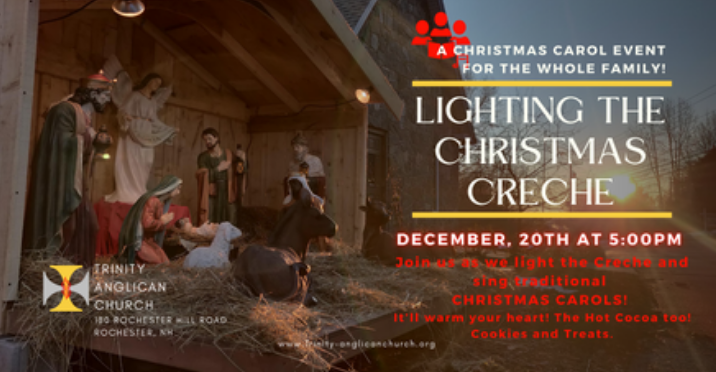
Believe it or not, a long cold winter usually has less chimney fires than a warmer, or warm and cold alternating winter (like this one).
When the weather is not that cold most people think they don't need to pay as much attention to their chimneys, but the opposite is true, says Laura Jones of Chestnut Hill Chimney and Hearth of Farmington, N.H.
When days are warm, but heat is still required, most wood stoves are run "choked down" on a low temperature, which builds up creosote faster than a hot burn. When the stove is later "cranked up" it is hot enough to cause the creosote buildup in the chimney, or pipe, to burn. On very cold winters the stove is always burning hot, and therefore leaves less creosote in the chimney.
Chimneys are designed to contain a single incident chimney fire. They are not designed to survive a fire with no damage. A common misconception is that if you have a metal chimney or stainless steel flue liner it doesn't need to be cleaned. However, while metal chimneys and stainless flue liners function better than masonry, they can still accumulate creosote, and can still have chimney fires.
Chimney fires can be small, and unnoticed, or large enough to destroy your home. Whenever you think you are having a chimney fire call 911, for 2 reasons. 1. Because even a small fire can spark on your roof and grow into a larger fire, 2. To document it for your insurance agency. If the fire was hot enough to crack flue tiles you will need liners and it may be covered under your homeowner's policy.
If you suspect you have had a chimney fire discontinue use of the stove until the stove, pipe and chimney can be properly inspected by a chimney professional according to National Fire Code. If the chimney is damaged in any way it is not safe to use.












